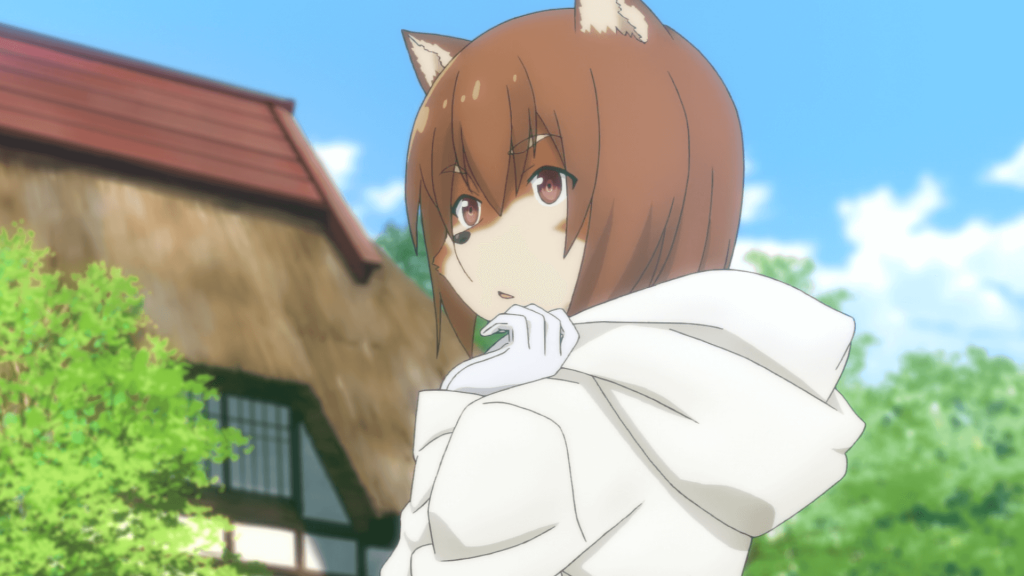Flying Witch — 09, Flying Witch Petit — 05.5 & 06
Oh, itsP’s house is nicer than I thought!
9 out of 10 anti-fur-fags still would, but too bad, I claim this puppy.
Here’s something to listen to while you queue up your downloads…
Want to learn some fansubbing magic? Grab your broom and fly on over. We’re in need of KFXers, Translators, and Translation Checkers as well as skilled editors, timers and typesetters. Head over to our recruitment page to get started.
Flying Witch – 09 1080p: Torrent | Magnet | DDL | Previous Episodes
Flying Witch Petit – 05.5 720p: Torrent | Magnet | DDL | Previous Episodes
Flying Witch Petit – 06 720p: Torrent | Magnet | DDL | Previous Episodes
It’s time to learn Japanese with Nana and itsP†. “Japanese” has a whole bunch of writing systems. The first ones anyone will learn are Hiragana and Katakana. With both of these alphabets each character represents a spoken syllable. Why have two alphabets for each sound? Try to think of Katakana as the rough equivalent of Upper Case, you’d normally use it for emphasis, foreign loan words, and for representing noises. Manga readers would benefit from learning Katakana as the SFX are almost always written in it.
Nana’s books are mostly written in Hiragana with some Katakana. You should be able to read it too. Get yourself a Hiragana chart (the linked one has both Hiragana and Katakana) and try reading the first column on the Ram’s page. Remember it’s written Top-down, Right-to-left. Until you’ve memorized the Hiragana alphabet it might pay to write down the romaji as you go.
How did you go? You should have read ひ Hi つ tsu じ ji さ sa ん n Which you would read as Hitsuji san, which translates as sheep-san (woo! honorifics!). Awesome! Good job you!
Try the next line. A dash, which can be vertical in top-down writing, just means draw out the previous sound. A Japanese E is pronounced more like “eh” than “ee”.
You should have read Mee~ Mee~, a typical rams bleat. Localized that would be Baa~ Baa~ Neat!
Skip the third line for now, it’s not important at this level. For the fourth line, there’s some characters you won’t find in your Hirigana chart. You’ll need to get yourself a Katakana chart. Can you read the word spelt out in Katakana?
Fantastic!
Try these other pages! Some things you’ll need to know. A character followed by a miniature ya(や/ヤ), yu(ゆ/ユ), or yo(よ/ヨ) means you skip the first vowel and pronounce both characters as one. so にゃ is pronounced Nya, not NiYa A character preceded by a miniature tsu(つ/ツ) means pause before the next character, but often people will stutter the next consonant. So マッテ is pronounced Ma_Te or MaTTe, not MaTsuTe. (These hints aren’t exactly correct, but they’ll serve for these examples)
Awesome! Now you’re reading Japanese. You have several years of study ahead of you.
If you want to read Kanji, Akane has some lessons in the latest Petit.
†itsP taught himself Japanese, and is in no way an expert in this. Infact, he’s probably completely wrong, sorry!
